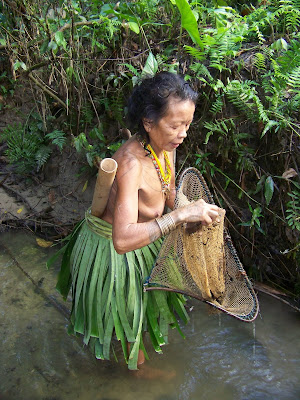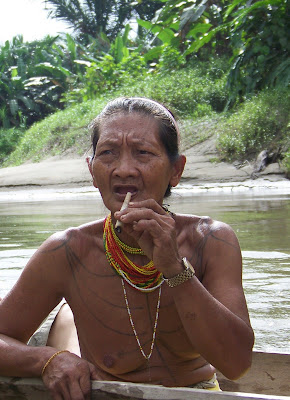
Nowadays, the body piercing is a very common practice all over the world. It appears in france in 1993, but this art is spread all around the world since many centuries in many tribes. The body piercing has always featured the belonging to a group, such as tribes originally or more commonly in our modern society, fashion groups such as : gothics, emo…
First of all, we will introduce the history of the body piercing. Then we will talk about its role in occidental countries nowadays.
The localisation of the body piercing determine in each tribes a different signification, so that each piercing has its own history. As a result, we decided to present the history of the body piercing thematically, according to its localisation.
- Ear piercing : In Ancient times, this body piercing would have permitted to distinguish rich people from poor ones. Actually, Romans people used to wear it as a sign of wealth. An other example is that the “marins”, well known for their superstitions, used to wear it, believing that it would improve their view.
This body piercing is also very presents in a lot of tribes, and very often, the diameter of the hole determines their social “class”.
-Tang piercing : The Aztecs and Mayas tribes, more particularly the shamans, used to wear it, in order to communicate with dead spirits and their Gods.
- nose piercing : this kind of piercing takes its origins in two different parts of the world : in “moyen orient”and Papouasy.
In moyen orient, it appeared since 4 000 years. Then, this practice had been diffused in India, where the noble casts wore it, and so permitted to distinguish nobles from others.
In Papouasy, they used to wear it differently, in the “ nasal cloison”and was made, not by jewels but by bones or pieces of wood.
-navel piercing : In Egypt, only the Pharaon and his family were allowed to wear this kind of piercing. Every other persons would be executed if they have done it.
-lips piercing : in America and Ethipia, women used to pierce their lower lip, and increased the size of the hole in order to put others materials in it.
In our society piercing really appeared in the 70’s with the punk movement especially thanks to music bands such as Sex Pistols, and it began to symbolize the rebellion toward the system; at this time the body piercing was considered as a provocation, and was not accepted by the society.
Nowadays, some people still have deep rooted prejudiced, but generally speaking, the body piercing, is now well accepted in society because most of people wear it as a jewel. There is a large variety of piercing styles and cheaper than in the past, so that most and most people wear it everyday, without especially wondering to which group they belong.
The body piercing that used to be considered as a custom that showed a belonging to a group is now principally an esthetical token and this changement is probably due to the mass effect provocated by our society of consume, where everyone can now buy everythings.











